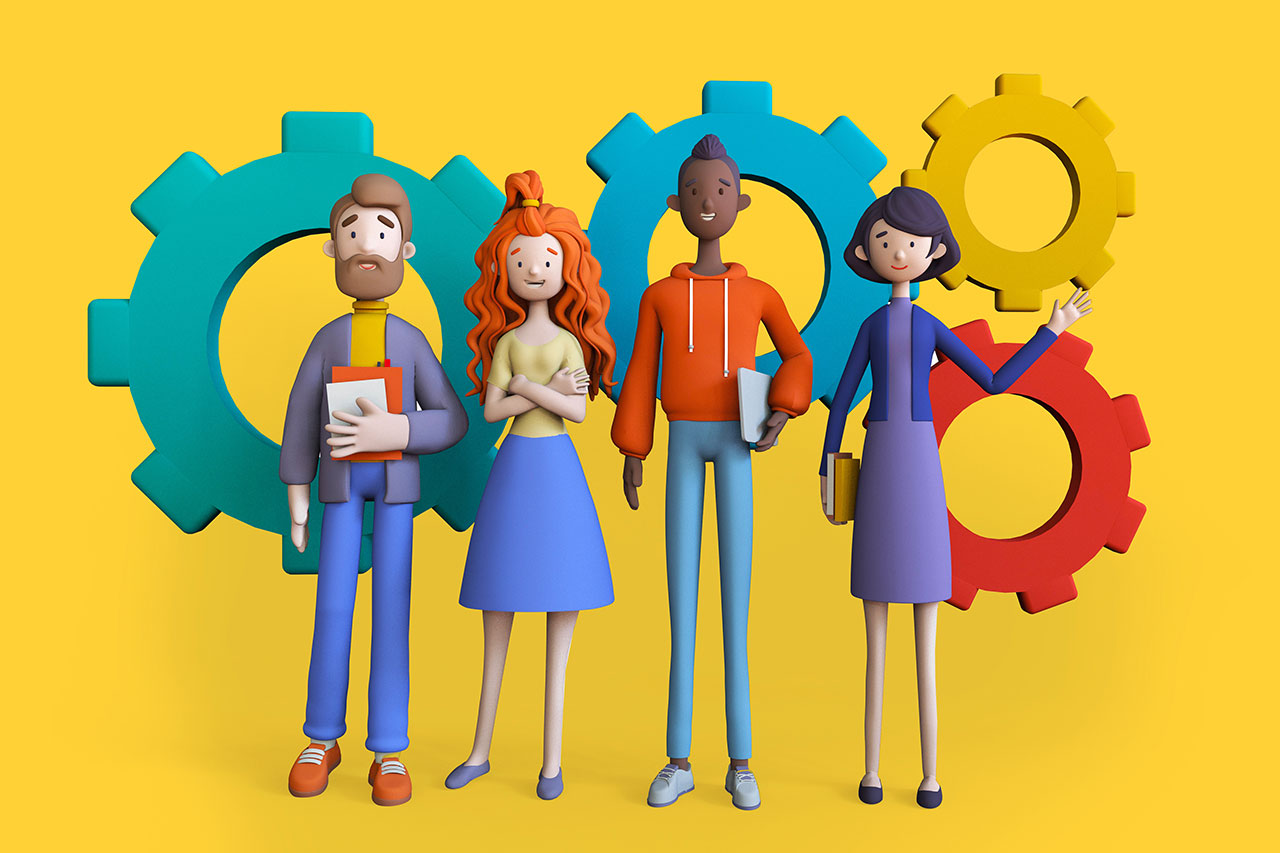In the dynamic landscape of design and UX, the success of a team hinges on its ability to attract, nurture, and retain top-notch talent. People leave teams for professional reasons, and understanding these dynamics is crucial for design leaders aiming to build a resilient and innovative workforce.
Professional Advancement Paths
People commonly leave teams for two primary professional reasons: moving up or moving out. Ambition to progress in one's career often leads to the former, while dissatisfaction with the company or leadership prompts the latter. Recognizing and addressing these motivations can significantly impact talent retention strategies.
Organic Connections
In the startup realm, 20% of hires often stem from personal connections, emphasizing the importance of organic relationships. However, to build a sustainable team, it's essential to complement these connections with a well-structured talent pipeline.
Strategic Talent Pipeline Development
Much like a sales pipeline, flexibility is key when developing a talent pipeline. Senior hires, for instance, may be better acquired through strategic conversations over drinks or lunch, showcasing the need for diverse and adaptable hiring strategies.
Leadership's Role in Decision-Making
While team involvement in hiring decisions is valuable, leaders must retain the final say. This ensures that the team is not only populated with popular choices but also includes individuals necessary for pushing the team forward.
Aspiration for Diversity
Hiring individuals with diverse skills, experiences, and perspectives enriches the team's capabilities and fosters a culture of innovation. Embracing diversity in hiring contributes to a well-rounded and adaptable design team.
Strategic Growth and Resource Allocation
Design leaders often prefer a slightly understaffed team over carrying the overhead of underutilized personnel. This approach allows for more strategic resource allocation and responsiveness to project needs.
The Importance of Coachable Individuals
Hiring individuals willing to learn and adapt is crucial. Ideal candidates share similar goals and values but bring diverse experiences and skills, creating a dynamic and collaborative work environment.
Balancing Experience and Cost
While 37% of companies prefer hiring and training younger talent, it's essential to acknowledge the time investment required to develop missing skills. Balancing cost-effectiveness with the need for experience is crucial for long-term team success.
Leadership's Ultimate Role
Ultimately, the leader's role extends beyond creating designs. It encompasses building a team and fostering a culture that nurtures creativity and talent. The leader's ability to attract, develop, and inspire a diverse and skilled workforce is paramount in the ever-evolving landscape of design and UX.


No Comments.